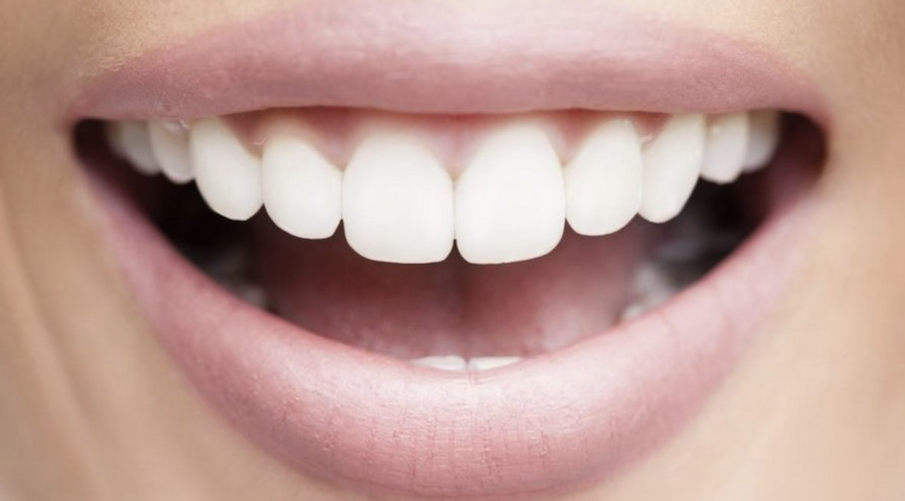Can the act of smiling make you happier? Yes, smiling, even if disingenuous, can make us feel better.
After combing through about five decades worth of research, scientists confirmed that the physical act of smiling can influence your actual feelings.
Researchers note that negative facial expressions such as a frown and scowl can lead to you feeling higher levels of sadness and anger. On the other hand, smiling is partly responsible for making you feel happier.
For centuries, scientists have studied nonverbal communication, i.e. facial expressions and emotions in the hope of understanding their impact on feelings in humans and even animals.
A number of studies indicate a strong relationship between happiness and low levels of stress, with greater overall well being and longer life.
Other studies reveal how facial expressions affect people around you, which can be negative or positive, as is the case with smiling.
What kind of smile you serve up determines what takes place in your body when you smile.
There are 3 Distinct Smile Types:

By sorting smiles into three distinct types: affiliative, dominance, and reward smiles, researchers can study the emotional reactions in our bodies in relation to our smiles.
1. Reward smiles.
Named the Duchenne smile after a researcher of facial expressions, this type of smile is the most authentic demonstration of joy and happiness.
You might offer a reward smile as a natural response to a joke or baby.
All the smile muscles work together for this type resulting in the telltale signs of a reward smile, an upturned mouth and exposed teeth, maybe even an eyebrow lift. These smiles have the greatest influence on your feelings.
2. Affiliative smiles.
This smile type conveys tolerance, acknowledgment, and connection with someone.
You might use an affiliative smile toward someone passing by you on the street or welcoming a peer.
It shows you are paying attention and not a threat.
Characteristics of affiliative smiles include a uniform upturn of the mouth, similar to that of reward smiles, yet with closed lips and no exposed teeth.
Although it requires fewer facial muscles than reward smiles, this smile still delivers happiness signals from your brain to the rest of your body.
3. Dominance smiles.
This smile can be misconstrued as a smirk and implies you are in charge but not a threat.
You might notice a bit of nose wrinkling with a dominant smile because it is a common smile as a display of disgust or contempt.
Although this smile lacks sincerity, it’s still a smile.
Your Body and Smiling:
Did you know humans have 43 facial muscles?
It takes a handful to smile; however, different smiles require different muscles.
Here’s what happens inside your body when you smile:
As you smile your brain is busy releasing molecules and hormones like endorphins and serotonin into your bloodstream.
The release of endorphins occurs any time you exercise, experience stress, or other moments that cause intense emotions, whether good or bad.
These natural painkillers work with serotonin which works as an antidepressant to bring you feelings of happiness and joy, allowing you to forget the stuff stressing you.
Additional research has shown that during stressful events, participants who were forced to smile, regardless of what they were feeling, still experienced fewer signs of stress and lower heart rates.
Further studies note that optimism may be key to a longer life. Optimistic people, who tend to smile more, have a reduced risk of health issues like heart attacks and have a greater chance of living past the age of 85.
4 Ways to Increase How Often You Smile:
Now that you know a bit about the science of smiling, you may want to smile as often as possible, even during your not so happiest moments. How do you do that? Here are a few ways:
1. Brighten and protect your teeth.
Having confidence in your smile can encourage you to smile more. Enhancing your smile with a home whitening kit is a good starting point.
2. Greet with a smile and eye contact.
Smile when greeting people, even if the situation warrants an affiliative or dominance smile. Avoid too much eye contact and over smiling as your behavior could be misunderstood and considered weird.
3. Smile, even when no one’s around.
Who says you need someone else to smile at. Anytime you are alone feeling down, smile and think positive thoughts.
4. Offer a smile, not a scowl.
If you find yourself in an unfriendly encounter, like someone cutting in front of you while standing in line, instead of reacting negatively with a scowl or frown, smile, because after all, a smile is contagious, and your grin may diffuse the situation rather than escalate it.






